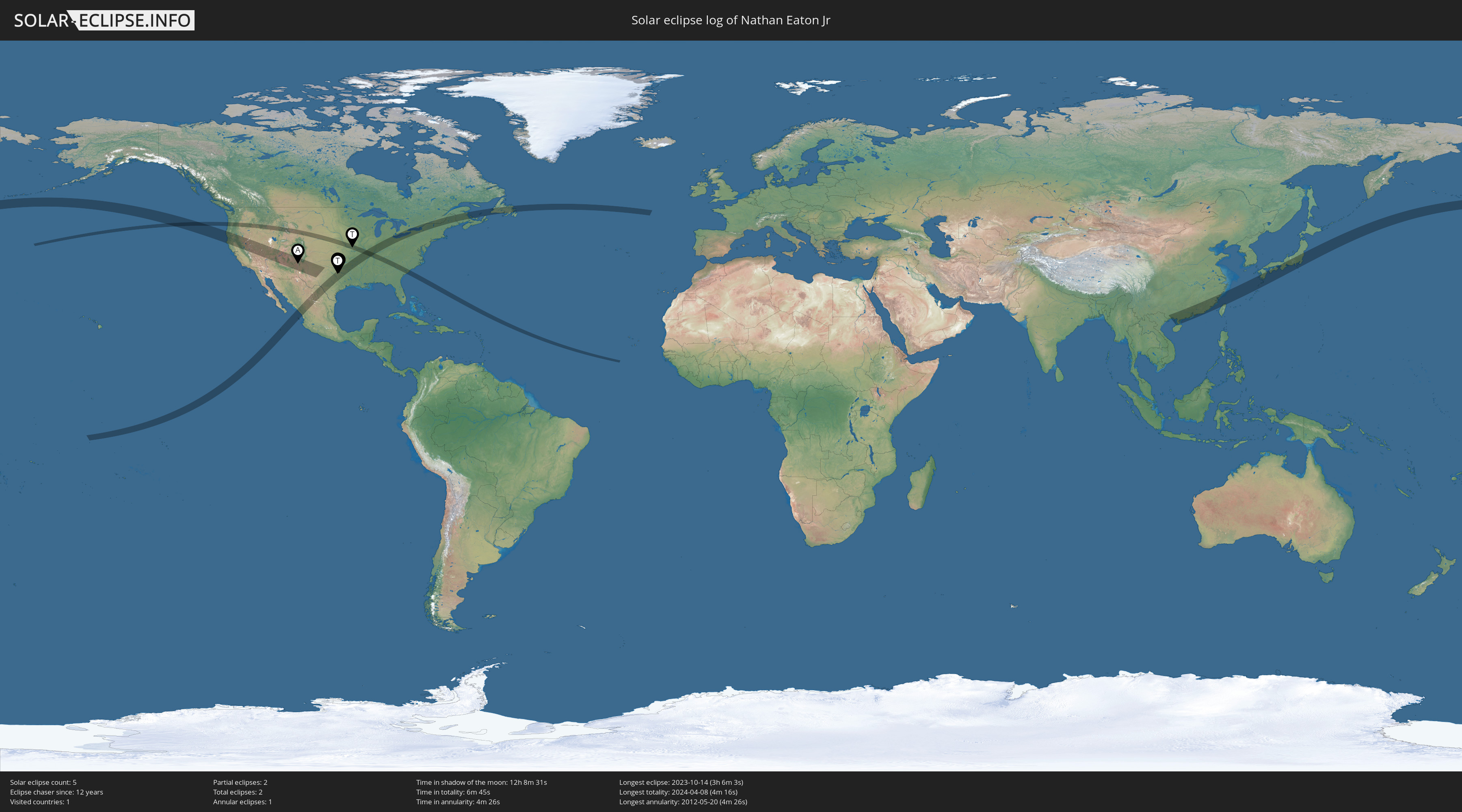In the early morning hours of November 19, 2021, a lunar eclipse began. As a partial eclipse, it normally might not have been noteworthy. What brought a lot of media attention about this one is that it lasted just a shade over 6 hours. It's been 1000 years since the last time a lunar eclipse lasted that long.
The timing for this eclipse is such that the Moon was almost at apogee, the point where it is furthest from the Earth in its orbit, and since a body in orbit moves slower the further it is from the body it orbits, the Moon spent more time in Earth's shadow. It also meant that the Moon was smaller in appearance so this was the opposite of a "Super Moon".
The other interesting thing about this lunar eclipse is that the Moon is within a few degrees of the collection of stars known as the Pleiades or the Seven Sisters. As both were high in the sky during most of the eclipse, the cold dry air we had in North Texas that night made for great viewing.
Initially, my plan to capture the eclipse was to shoot with my Nikon D750 using the longest lens I have and the Star Adventurer sky tracker to capture shots of the lunar face throughout the night to create a timelapse video. However, given the close proximity of the Pleiades, I decided to shoot with a shorter lens and include it in the view.
I won't go into the technical details but given this was really the first time I had used the Star Adventurer for tracking more than a few minutes, I shot a bit wider view than I probably needed to so the Moon is rather small in the frame. The bad news is that the tracker was a little off and so the Moon didn't stay centered in the frame. The good news is that with the wider view, both it and the Seven Sisters were in-frame throughout the 5 hours of the eclipse I captured.
Here is a frame from about mid-eclipse. I'll post more as I get further through post-processing all the images.






















No comments:
Post a Comment